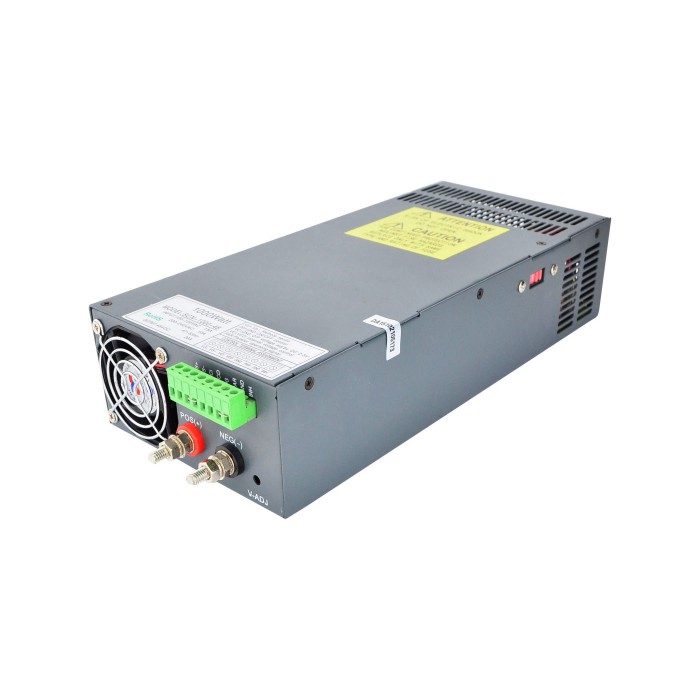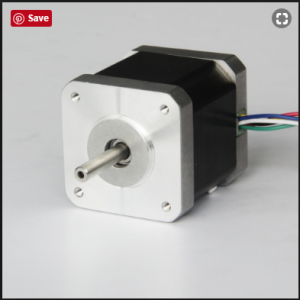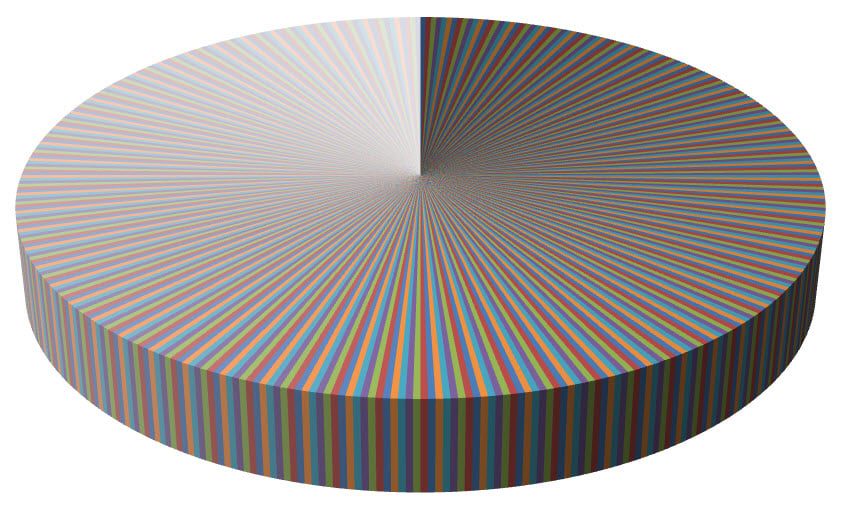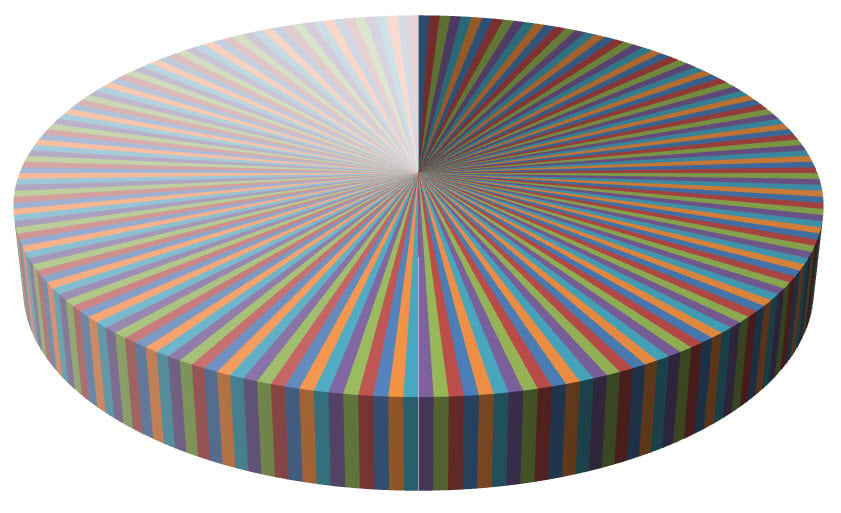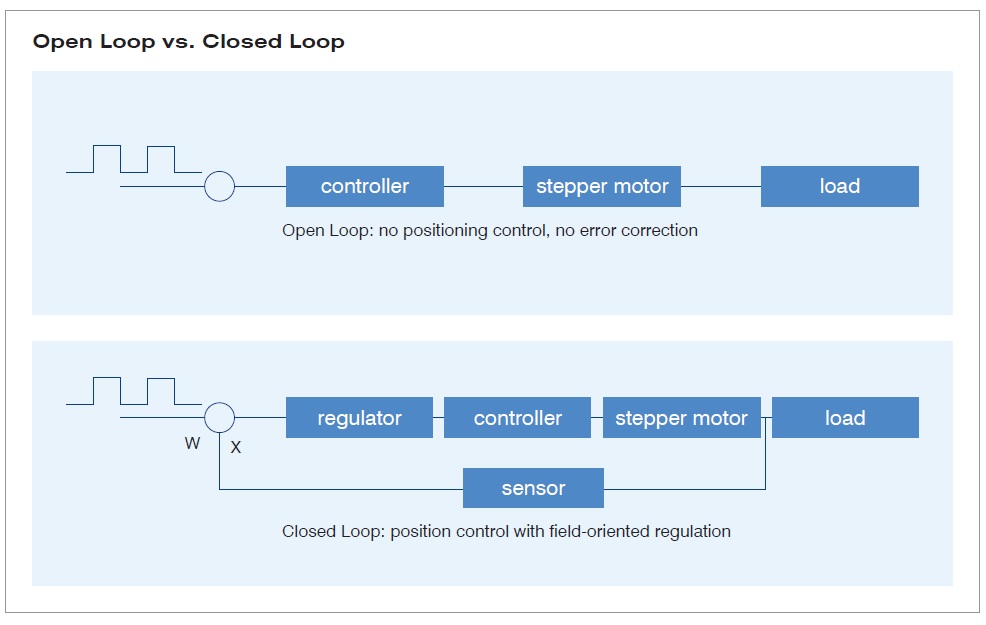The Four Wire Stepper Motor
There is not much detailing here. The four wire stepper denotes a single possible configuration and that is of a bipolar hybrid stepper motor. We do not need to bore us with details such as whether this motor is variably reluctance, permanent magnet or hybrid as that only relates to construction. What we need to realize is that two wires are for PHASE A and the other two wires are for PHASE B. Which one is PHASE A and which one is PHASE B is kind of arbitrary.
If you have the motor datasheet then you know which wires represent which. But if you do not have this document, just do a quick continuity test and determine which two wires are connected together through an inductor. You can also use a simple BACK EMF test in which you short two leads together. If it is harder to move the rotor, then those two wires form one of the phases. If the rotor moves as easy as with no wires crossed over, then those two wires are not connected through a winding. Keep on going until you find both phases.

Once you have determined both phases, you can wire your motor as shown on the picture above. If you do not know which one of the phases is A and which one is B, just wire the motor until you get the direction you want.
If we want to take on the advantage of a parallel connected winding we will need the eight wire nema 24 step motor. This posting is already too long, but I may study it in a future release. In the mean time, I do hope you are wired!

